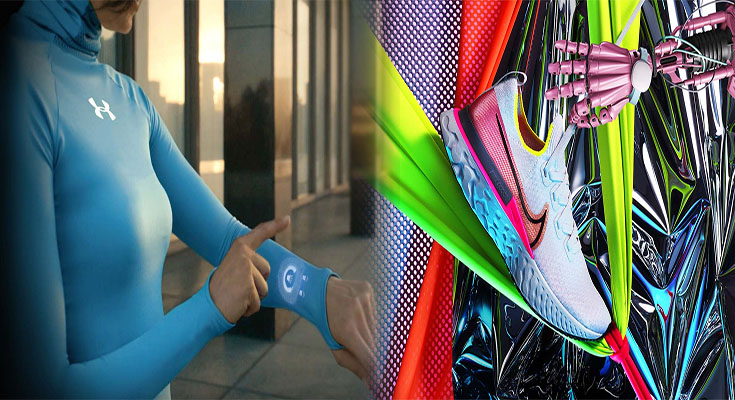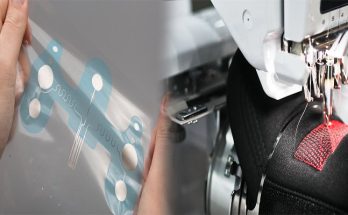The world of fashion has undergone a remarkable transformation as technology continues to infiltrate every aspect of our lives. Smart clothing, once a futuristic concept, is now becoming an integral part of our wardrobe. As we enter 2024, the landscape of smart clothing technology is evolving at an unprecedented pace, giving rise to exciting innovations that blend fashion with functionality. In this article, we will explore the latest advancements in smart clothing technology for 2024 and delve into the cutting-edge trends that are shaping the fashion industry.
Revolutionary Breakthroughs of 2023
Before we dive into the innovations of 2024, let’s take a quick look back at the groundbreaking advancements in smart clothing technology from the previous year. In 2023, we witnessed the rise of conductive fabrics, biometric sensors, and flexible displays. These developments paved the way for clothing that could monitor our health, display digital information, and even adapt to changing environmental conditions.
Current Trends Reshaping the Fashion Industry
As we venture into 2024, a range of trends is revolutionizing the way we perceive and interact with smart clothing. One significant trend is the integration of sustainable materials in smart textiles. Innovations such as organic dyes, recycled fibers, and biodegradable sensors are making smart clothing more environmentally friendly and reducing its carbon footprint.
Another emerging trend is the fusion of fashion with augmented reality (AR) and virtual reality (VR) technologies. Imagine trying on clothes virtually before making a purchase or experiencing immersive virtual fashion shows from the comfort of your home. These technologies are reshaping the way we engage with fashion and adding a new dimension to the shopping experience.
Additionally, 2024 brings advancements in body heat-powered devices. Researchers have made remarkable progress in developing thermoelectric generators that can harness the body’s heat to power various functions within smart clothing. This breakthrough not only eliminates the need for external power sources but also enhances the overall comfort and convenience of wearable tech.
Future Predictions and Exciting Innovations
Looking ahead, the future of smart clothing technology seems exceedingly promising. Anticipated innovations include self-cleaning fabrics that repel stains and odors, clothing embedded with microprocessors capable of analyzing and responding to the wearer’s emotions, and even garments that adjust their temperature based on the external climate.
Moreover, significant strides are being made in the integration of artificial intelligence (AI) into smart clothing. AI algorithms can learn from our preferences and behaviors, allowing our garments to adapt and provide personalized experiences. This level of customization is set to revolutionize the fashion industry, catering to individual tastes like never before.
Real-World Examples
To truly grasp the impact of smart clothing technology, let’s explore some real-world examples. Athletes are benefiting from smart sportswear, featuring embedded sensors that monitor performance metrics and provide real-time feedback for optimizing training. In the healthcare field, smart garments are helping patients remotely monitor their vital signs and alert healthcare professionals in case of emergencies. Collaborations between fashion designers and technology companies are also giving rise to stunning creations that merge aesthetics with function, blurring the lines between fashion and technology.
As we enter the year 2024, the world of smart clothing is experiencing an exciting revolution. The latest innovations are pushing the boundaries of what is possible, making our clothes smarter, more sustainable, and more attuned to our needs. From conductive fabrics to augmented reality, from self-cleaning textiles to AI integration, the future of smart clothing promises a harmonious fusion of style and technology. So, embrace the future, and get ready to experience a whole new level of fashion-forward innovation.





